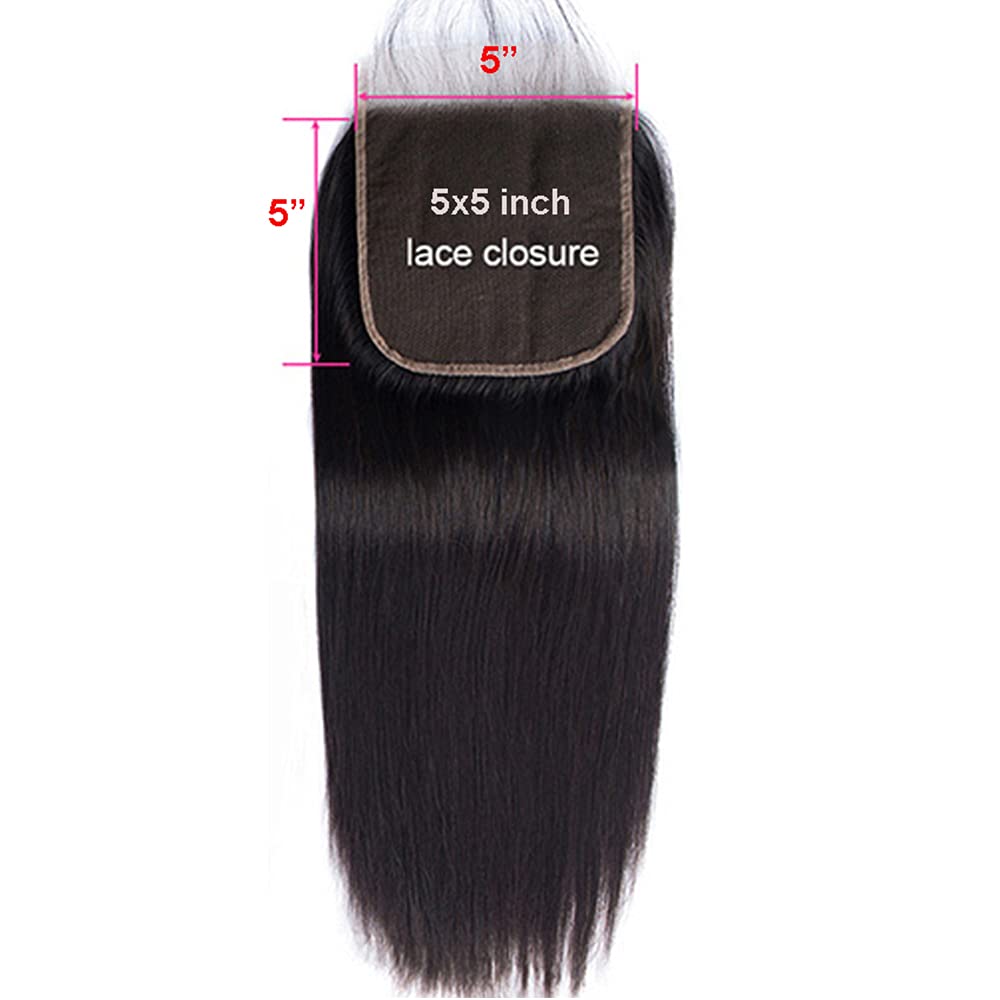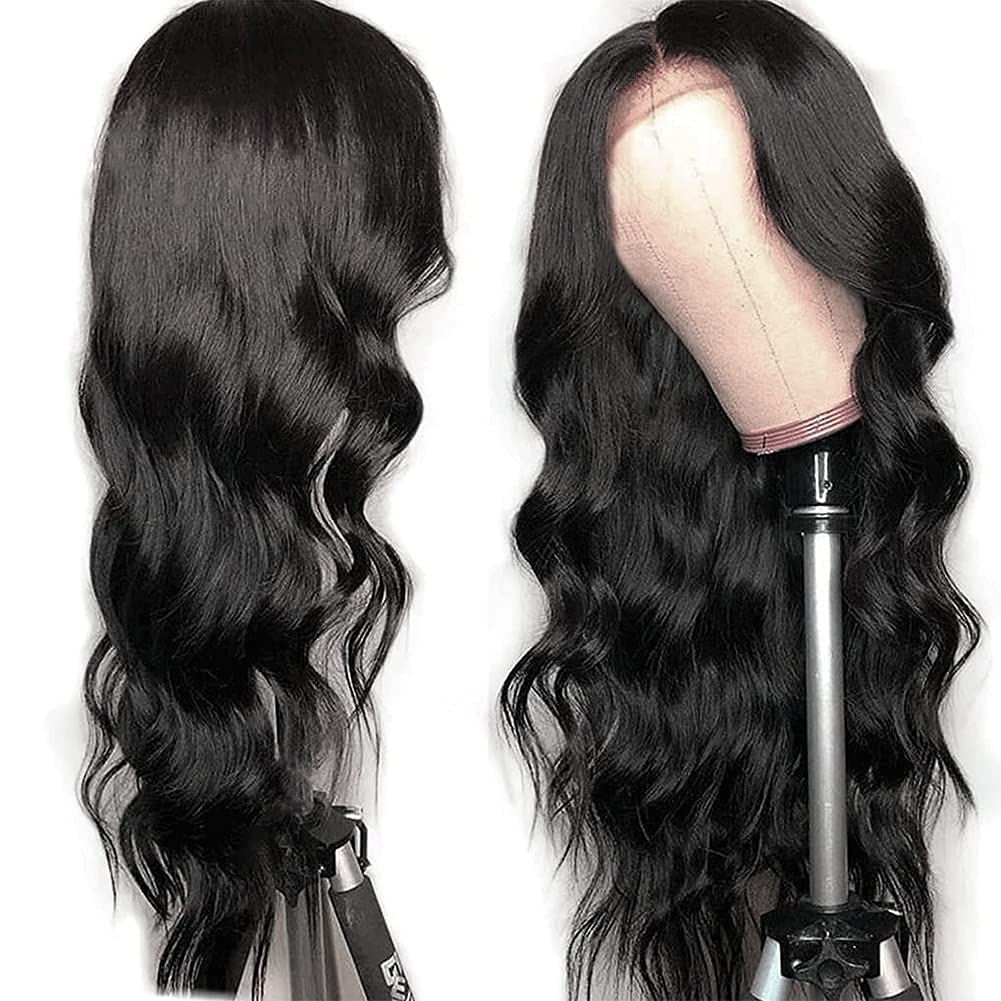All About Weave 101: The Ultimate Weave Glossary
Everything You Need to Know About Weave
We trust our hairdresser when we have our hair done. After all, they get paid to do our hair . However, just because you are a hairstylist does not mean that you are an expert in hair.
It’s essential that customers have education about the products they buy. This glossary will allow you to verify the information of others. When they talk about weave, you will be able follow their lead.
Below is a glossary that will cover everything you need to know regarding weave.
360 Frontal
The entire circumference of the head is covered by a 360 frontal. This frontal is the largest. Because the frontal does the majority of the work, the installation time is cut in half. The style is complete when the tracks are sewn together in the middle.
Sew down the 360 frontal on all sides, except at the edges. Use adhesive glue to stop the frontal from sliding back.
Bundles
The hair industry uses the term bundle to describe how wefts are purchased. The hair is usually packaged in a plastic bag with the hair in place. Or the weft is rolled up with a ribbon around the edges to look like a bundle.

Bonding Glue
When you glue tracks to the cap or scalp, a bonding glue will be needed. Apply the glue along the track seam and press onto the scalp. Hold in place for approximately five to six seconds.
To ensure your hair stays in place and spritz, you may want to use a blowdryer.
Bond Protective Shield
A bond protective Shield protects your hair against any glue damage. This is just one way to do a quick weave.
After you have dried your hair and washed it, you should coat your entire head with the bond protective layer until it becomes hard. You can speed up this process by using a blow dryer.
Braid-in Bundles
Braid-in bundles are exactly as their name suggests. These are extensions that can be braided into the hair.
Traditional weave styles can be either glued, threaded, or clip ins. The clip-in method does not require any of these. The weft looks the same as normal, but the hair at the top is approximately four inches long. This braid holds the weft in its place.
Because the hair is tightly secured on the weft, the loose braiding hair doesn’t fall out.
Cornrows
Cornrows are a style in which you use your hands to pull hair upwardly or continuously underhand. This will create a raised product on your scalp.
This is the most popular style for prepping to weave or make a wig. The type of weave you use will dictate the cornrow pattern that you need.
There are about six main braiding patterns that are most popular:
- Middle Part with closure
- Middle part with leave-out
- Side Part with closure
- Side Part with leave-out
- Straight back braid down
- Vixen
If you’re having someone do your hair, most likely they will choose the braiding pattern that works best for them.
Closure
When weaving, a closure typically adds a 4×4 hairpiece to the top. The hair is then sewn onto a piece of lace material. You can only part the hair because it is a small piece of hair.

Crochet
Crochet This is a method of installing hair that has been styled already and then goes through a braid with a crochet hook/latch hook tool. This is one of the easiest styles and takes very little time. You will need to braid your hair for this method.
Clip-in Hair Extensions
A clip in hair extension refers to a hair weft with clips. These clips will look almost like miniature combs. The comb is applied by dividing the hair into sections, then gliding the comb through the hair and closing it.
Clip-ins are a quick way to extend your time for a few days or hours.
Double Drawn Hair

Double drawn hair determines the thickness and/or thinness of the weft. Double drawn wefts are thicker at the seam and ends. This weft is most popular. Double-do hair will give you fullness.
Full Weave
Full weave Your entire head is covered in extensions with no hair visible. Most people braid their hair and then have the hair sewn into the braid.
People often choose a full weave when they are looking for protection style. Their hair will still be able grow underneath.
Full Lace Wigs
A full-lace wig has hair that is sewn to a lace cap. This wig is the most secure you will find. This wig can also be used to create separate parts for the head. It allows flexible hairstyles like high ponytails and buns.
Frontal
Frontals are typically 13×4 hairpieces that are sewn into the top of the heads from ear-to-ear. The frontal’s tip is made of lace material. This lace material gets glued down so that it’s more secure. This frontal is more versatile than the 4×4.
Fusion Hair Extensions
Fusion hair extensions allow extensions to be bonded to real hair using a square-shaped tip. This holds the individual hairs together. After the hairpiece has been positioned around the real hair, a hot- or cold melting connector will soften the bond.
The stylist would then apply their fingertips to it to fix it.
Glue Gun
A glue gun can be used to disperse hot glue. This is a common household item but it’s also used to make a wig.
The tracks can be attached to a mannequin’s head with a glue gun.

Hand-tied weft
Hand-tied wefts are another way that a weft may be made. This would be the best catch for those who want a more natural look.
It is more precise than a machine weave and can be applied closer to the scalp. Manual weft can be more costly because it is manual. Hand-tied weft is also available in sections, instead of one long seam. The seam should be sealed to ensure that the weft is not loosened if ever it needs to be.
Leave Out
When your hair is mostly woven but your edges are not covered, it’s called a leave out. It is common to only leave the outer edges of your hair, or the fringe, out. Too much tension around their edges causes loss.
Of course, it’s a very sensitive area so you should always want to be careful regardless of the style.
Lace Frontal Wig
A lace frontal wig has lace material around its crown. This wig creates a natural look to your hair. The lace must be properly cut so that it fits around your head.

Machine Weft
Machine weft is a loose section of hair that goes through a three-head sewing machine. This creates a curtain of hair with the seam at the top. This type of weave is most commonly used when a weave is installed. This is also an affordable option, since the weft is created by a machine.

Needle & Thread
A needle and a thread are used for sewing tracks through braids, in a sew-in fashion. The needle is usually curved and the thread is typically nylon. To secure loose ends of braids before creating the desired weave style, a needle and nylon yarn could be used.
Partial Weave
A partial weft is when only half your hair is visible and the remainder is covered with a weave. This style is popular if you want to increase your hair’s volume or length. The braided look is the same as the full weave, but not on the entire head.
The braids are usually placed at the back of your head, but depending on your style, you may place them anywhere.
Remy Hair
Remy hair is hair that is straight and has no split cuticles. This hair is of the finest quality and will last a long time as the cuticles remain intact. Remy hair has no tangles.
Single Drawn Hair
Single drawn determines the thickness or thinness of the weft. This option has thicker hair at its roots and gradually thinner hair towards the ends. This option gives hair ends a more natural appearance.
Track
A track weft can also be called a track. The hair looks like a single track because it’s on a seam. It’s just a simpler word to use when talking about weave.
Tape-In Extensions
Also known as the “sandwich”, tape extensions are often called the “sandwich”. These extensions are pre-taped, and then you tape them between your hairs. They don’t need any chemicals or tools, and can last up to several months.

U-part Wig
A U part wig has a U-shaped opening that fits in a U braided area. This allows you to choose whether or not to have a closure. This wig is more versatile than a traditional one.
Virgin Hair
Virgin hair refers to unprocessed human hair. This means that it has not been dyed, bleached, or treated with harsh chemicals. Virgin hair is also from one donor. Virgin hair is the best choice if you want to dye or bleach your hair.
Vixen Sew-in

Vixen sew in is a technique where the hair is divided into four sections.
These sections contain tracks that are sewn in. Tracks are usually sewn all around the head, leaving only one style. A vixen sew in allows you to style your hair however you like, without worrying about any tracks. This is one of the most versatile and innovative styles available.
Weft
A weft is a hair curtain that has a seam at its top. This keeps the hair in place. Wefts are always used when dealing with weaves and wigs.
Weaving Cap
A weaving cap covers your entire head. It acts as a barrier between you, your weft and glue. This would be used to make a quick weave, as bonding glue would need to go on the tracks.
Fully Equipped
You now have a complete understanding of weaves.
Don’t make assumptions or believe that your hairstylist will be correct based on the information you give them. Now you’ll be educated about the different styles and types of hair that you might be interested in before you get your next weave.
This is a rapidly changing industry, so I can only envision how much this list might change in the coming years. For now, however, this is your ultimate glossary on weaves!
If you have any new information about weaves, please let me know in the comments section.